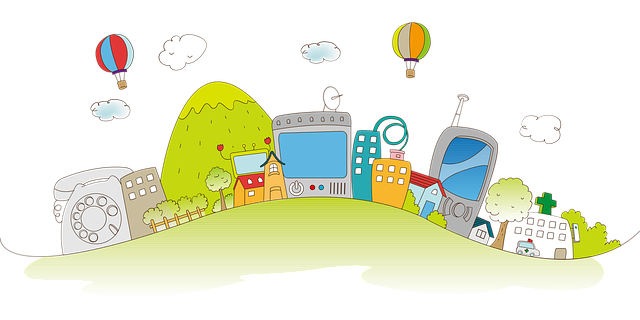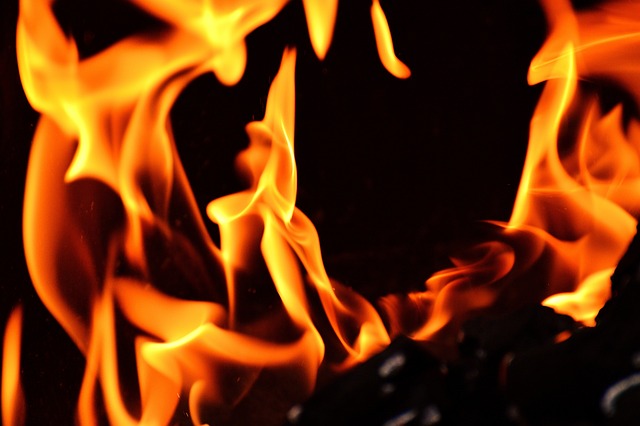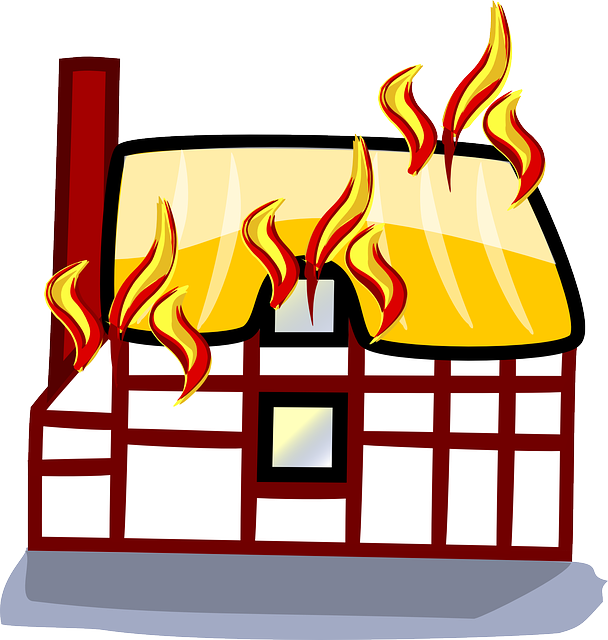Selling a fire-damaged home in California is a complex process due to market fluctuations and post-disaster conditions. Homeowners must assess damage, understand insurance claims, and navigate buyer sentiment. Strategic marketing, professional guidance, and transparent communication are key to success. Despite challenges, the process can foster community resilience and contribute to recovery efforts.
The California real estate market, known for its diversity and dynamism, faces unique challenges amidst rising fire incidents. This article explores the intricate dance between market forces and disaster recovery, focusing on fire-damaged homes. We delve into understanding the market’s response to these events, strategies for selling fire-damaged properties in California, and the vital post-sale efforts that revitalize communities. Key topics include market dynamics, challenges posed by fire damage, and effective solutions for a swift transition from disaster to reconstruction.
- Understanding the California Real Estate Market Dynamics
- Challenges: Fire-Damaged Homes and Their Impact
- Strategies for Selling Fire-Damaged Properties in California
- Post-Sale: Rebuilding and Revitalizing Communities After Fire Damage
Understanding the California Real Estate Market Dynamics

The California real estate market is renowned for its dynamism, with constant shifts influenced by various factors. When it comes to selling a fire-damaged home in California, understanding these dynamics is crucial. After a natural disaster like a wildfire, many homeowners face the challenge of navigating a complex process to sell their affected properties. The initial step involves assessing the extent of damage; this not only affects the asking price but also determines eligible repairs and potential insurance claims.
Market conditions play a significant role in how quickly and at what price these homes can be sold. In California, where there’s high demand for housing, fire-damaged properties can still attract interest, especially in desirable locations. Real estate agents specializing in such cases are instrumental in guiding homeowners through the process, marketing their properties effectively, and ensuring a successful sale.
Challenges: Fire-Damaged Homes and Their Impact
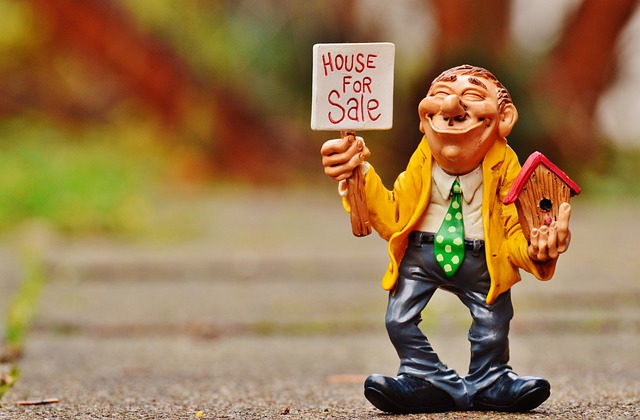
The California real estate market faces a unique challenge in the aftermath of wildfires, which have become increasingly frequent and devastating across the state. Fire-damaged homes present a complex issue for both sellers and buyers. Many homeowners are left with no choice but to sell their properties, often at a loss, as rebuilding costs can be astronomical. This phenomenon creates an influx of fire-damaged listings in the market, which may impact property values and buyer sentiment.
Selling a fire-damaged home in California requires careful consideration and a strategic approach. Sellers must disclose any damage sustained, providing transparency to potential buyers. The process might involve repairs or demolition, adding extra expenses and uncertainty. However, with proper marketing and highlighting the potential for a fresh start, some buyers are attracted to these properties, offering an opportunity for sellers to find willing purchasers despite the challenges.
Strategies for Selling Fire-Damaged Properties in California

Selling a fire-damaged property in California can be a challenging process, but with the right strategies, it’s possible to navigate this unique market successfully. The first step is to assess the extent of the damage and understand the potential costs for repairs. In California, where natural disasters like wildfires are unfortunately common, insurance companies often provide detailed estimates for rebuilding or reconstructing homes. Homeowners should thoroughly review their policy and communicate with their insurers to get a clear understanding of coverage limits and the process for filing claims.
Once the financial aspects are clarified, it’s time to focus on the marketing and presentation of the property. Highlighting the potential for a fresh start is key; showcase how buyers can create their dream home in a desirable location. Professional photography and virtual tours can be powerful tools to showcase the property’s unique features and emphasize its appeal despite the fire damage. Additionally, working with an experienced real estate agent who specializes in post-disaster sales can provide invaluable guidance throughout the process.
Post-Sale: Rebuilding and Revitalizing Communities After Fire Damage
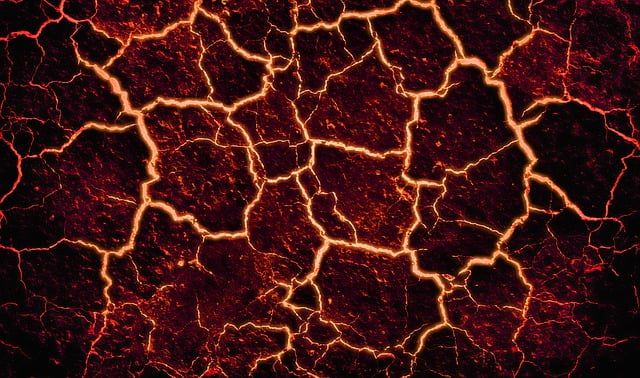
After a fire, many Californians find themselves facing the daunting task of selling their fire-damaged homes. This process is not just about putting a property on the market; it’s a catalyst for rebuilding and revitalizing communities. Homeowners must first assess the extent of damage, which can range from minor repairs to complete reconstruction. They then engage in the meticulous process of disclosures, informing potential buyers about the history of fire damage and necessary remediation efforts.
Selling a fire-damaged home in California requires navigation through specific regulations designed to protect both buyers and sellers. This includes ensuring that all safety standards are met and that any structural issues are addressed. The recovery process also fosters community resilience. Local contractors, real estate agents, and even neighbors often come together to support homeowners, offering resources and expertise to facilitate the sale and subsequent rebuilding efforts.
The California real estate market, though dynamic, faces unique challenges, notably from wildfires that leave homes damaged. Understanding these dynamics is crucial for both residents and investors, as effectively managing fire-damaged properties can significantly impact the state’s housing landscape. By employing tailored strategies for selling fire-damaged homes in California, communities can revitalize themselves post-fire, ensuring a resilient and vibrant real estate market that adapts to these formidable circumstances.



